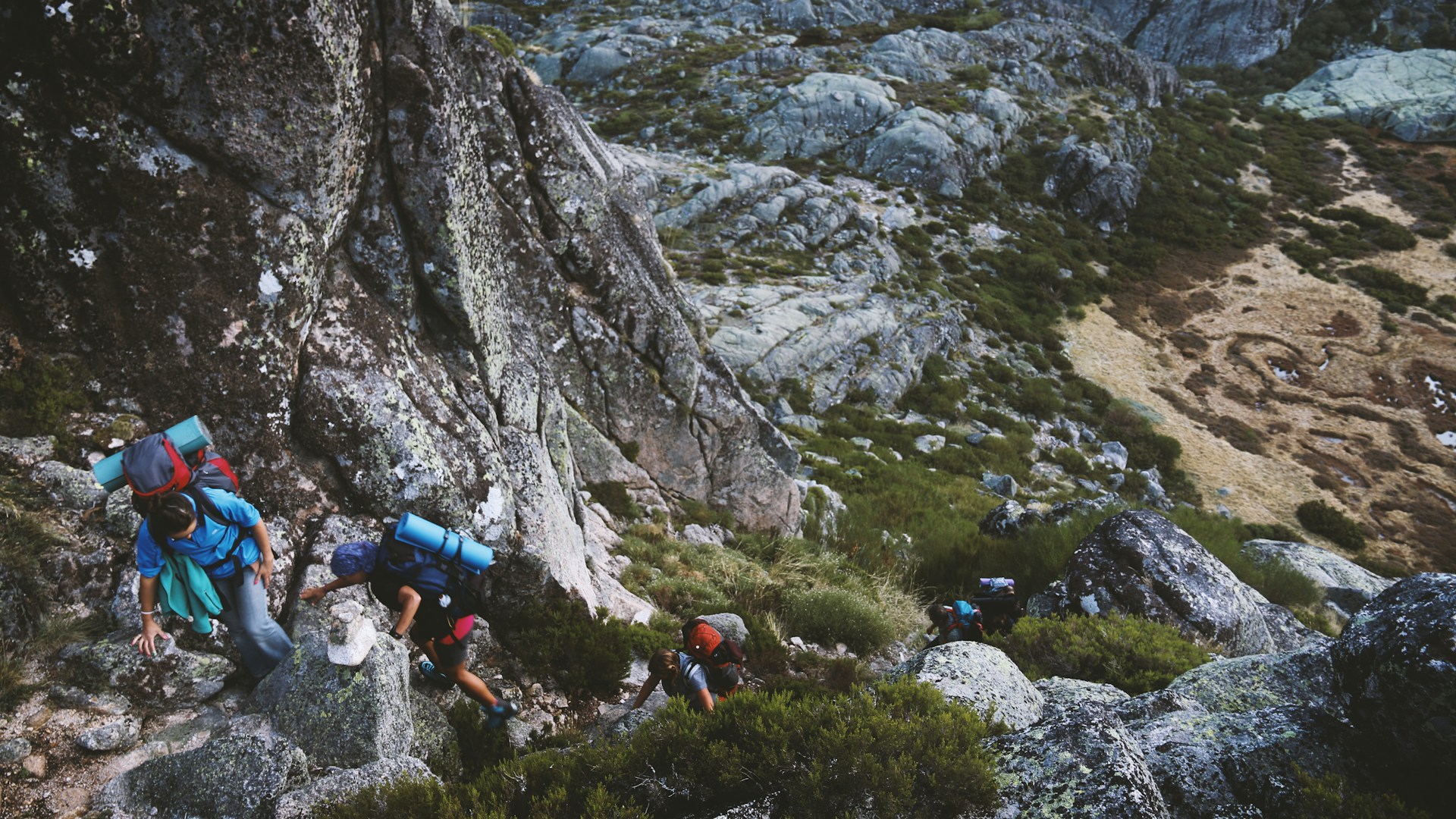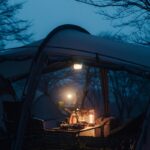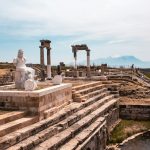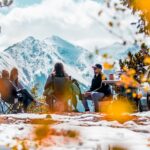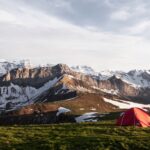Embarking on a trekking adventure in the Khumbu Valley of Nepal can be a transformative experience, filled with awe-inspiring landscapes, physical challenges, and deep cultural insights. If you’re an avid trekker or someone who’s just starting out, this comprehensive guide will take you through all aspects of trekking in Nepal, focusing particularly on the Khumbu Valley and the Sherpa community’s invaluable contributions to this incredible journey.
The Journey: From Lukla to Gorakshep
Starting Point: Lukla
Often called the gateway to Everest, Lukla is where your trekking journey begins. The trek from Lukla involves long trekking days to destinations such as Phakding and Namche Bazaar.
Key Stops: Phakding to Namche, Namche to Deboche
- Phakding to Namche: This part of the trek can be challenging but rewarding, with Namche Bazaar offering a variety of facilities including markets and cafes.
- Namche to Deboche: As you gain altitude, the pace slows down, making it crucial for acclimatization. The advice to keep drinking water and take it “shanti shanti” (slowly) is invaluable.
The Role of Sherpas
Guidance and Stewardship
Sherpas not only guide trekkers through challenging terrains but also offer a wealth of knowledge and spiritual guidance. Their constant reminders to stay hydrated and pace oneself can significantly affect the outcome of your trek.
Cultural Insights
Engaging with Sherpa culture offers a unique perspective on life that many trekkers find enriching. Playing traditional games such as carrom and experiencing their way of life can add another dimension to your trekking experience.
Altitude Sickness: Prevention and Management
Symptoms and Remedies
Altitude sickness can affect anyone, regardless of their physical condition. Common symptoms include headaches, nausea, and dizziness. Remedies like Diomox and acclimatization hikes (“hike high, sleep low”) can be effective.
Personal Experiences
Many trekkers, including our contributor, have experienced some form of altitude sickness. It’s crucial to listen to your body and take preventive measures seriously.
Essential Gear: The Importance of Trekking Poles
Advantages
Trekking poles can make your trek much easier by providing additional stability and reducing strain on your knees. They are like upgrading from two-wheel drive to four-wheel drive.
Practical Use
Poles are particularly useful in varied terrains, from rocky paths to muddy trails. When used correctly, they can help control your weight distribution and provide support on both ascents and descents.
Environmental and Ethical Considerations
Development vs. Preservation
The need for development in trekking areas often conflicts with environmental preservation. Understanding the balance between tourism and its impact on local livelihoods is critical.
Pollution Issues
Post-trek reflections often highlight the startling contrast between the pristine trekking environment and the polluted urban areas like Kathmandu and Pokhara.
Personal Reflections and Future Plans
Spiritual and Emotional Impact
Many trekkers describe their journey as a spiritual or even a pilgrim-like experience. The awe-inspiring views and challenging conditions can profoundly affect one’s outlook on life.
The Next Adventure
Once you’ve experienced trekking in Nepal, the urge to return becomes almost irresistible. Future plans may include more challenging treks or exploring different regions like the Manaslu or the Annapurna Circuits.
Conclusion
Trekking in the Khumbu Valley is more than just a physical challenge; it’s a journey of the soul. With the invaluable guidance of Sherpas, proper preparation for altitude sickness, and the right gear like trekking poles, this adventure can be life-changing. Whether you’re a seasoned trekker or a beginner, the Khumbu Valley offers experiences that stay with you long after you’ve returned to your flat, everyday life.
